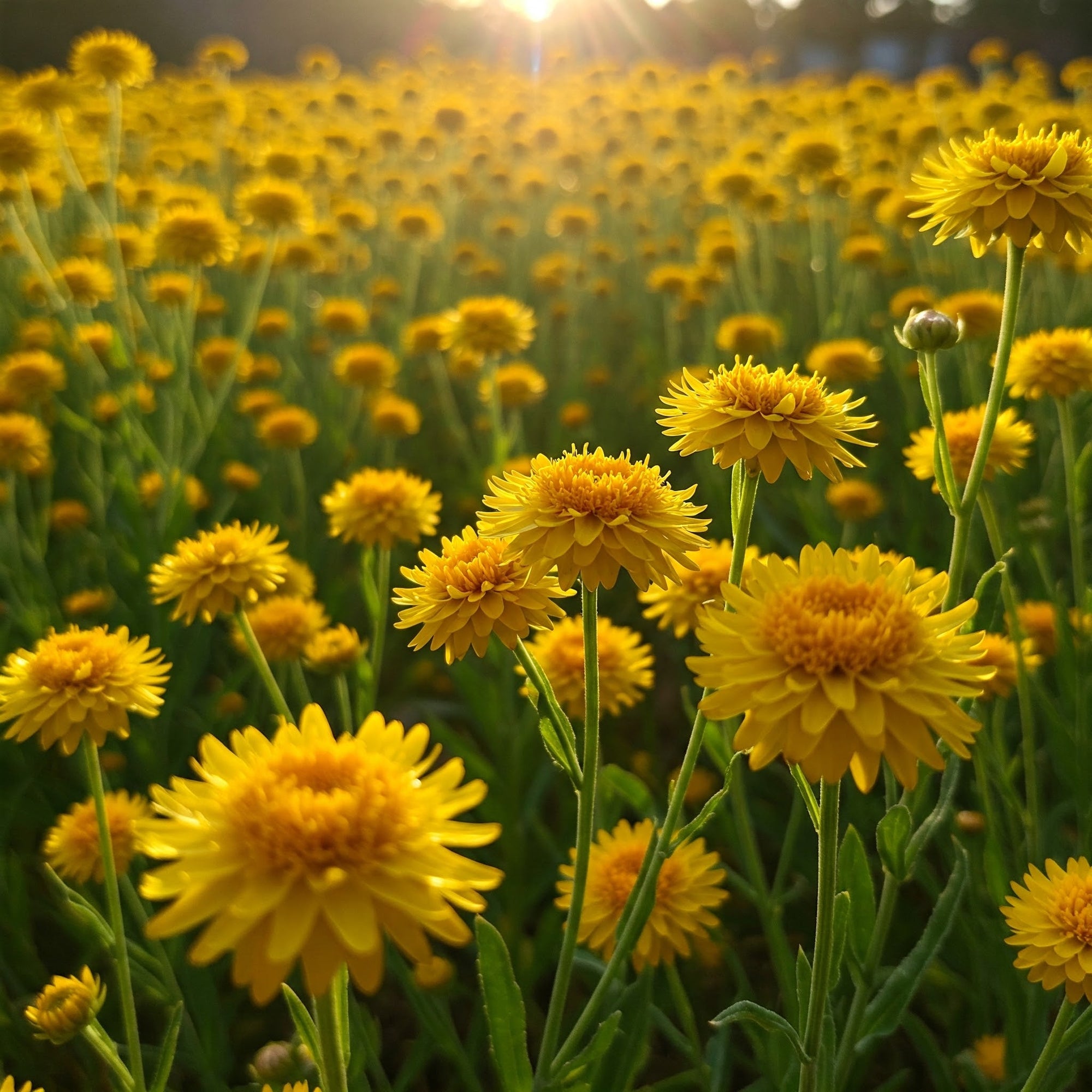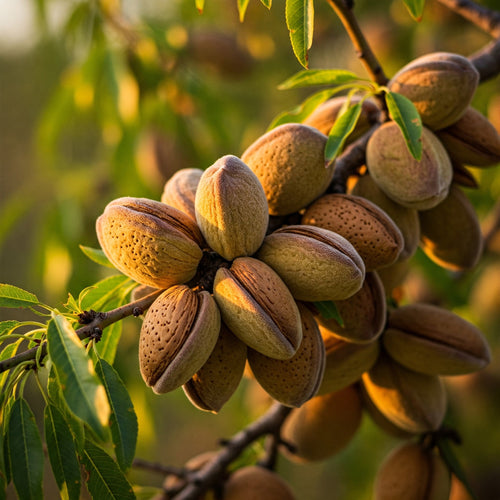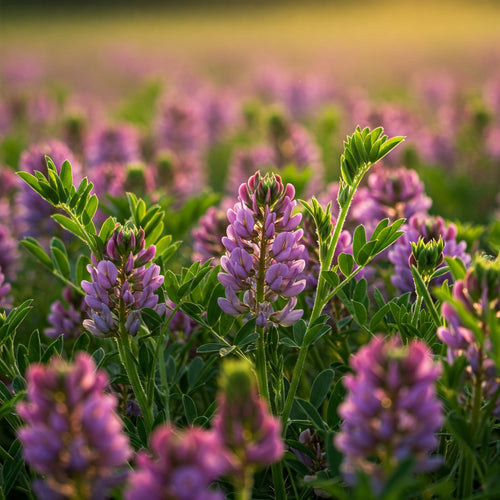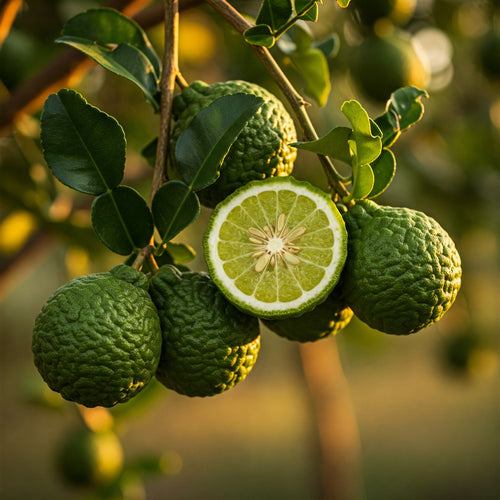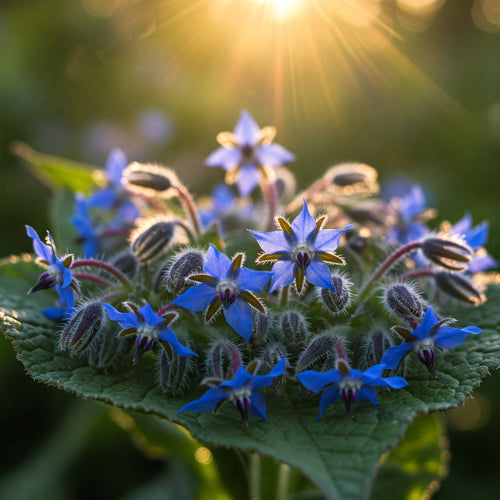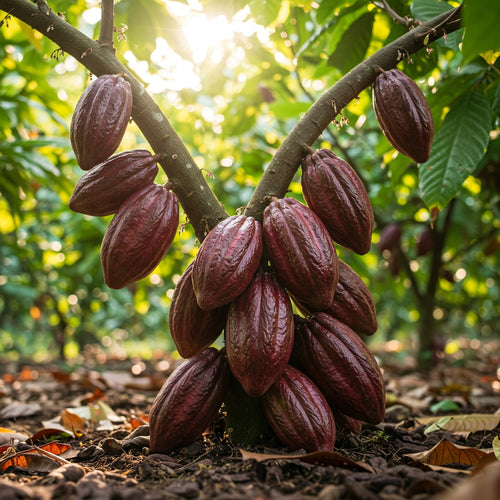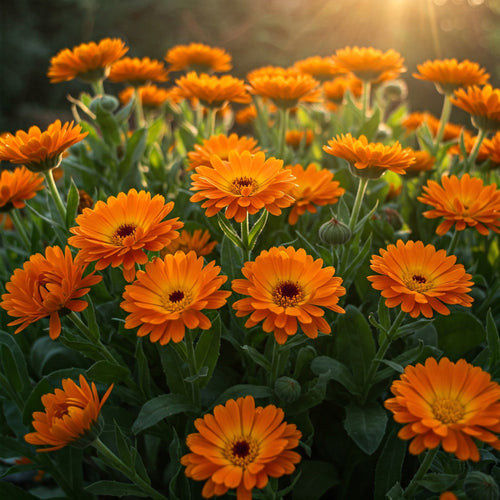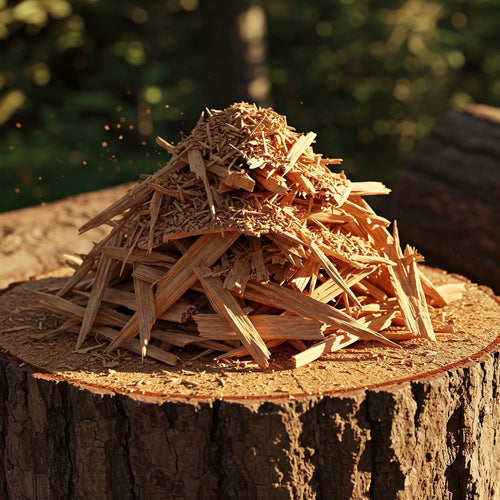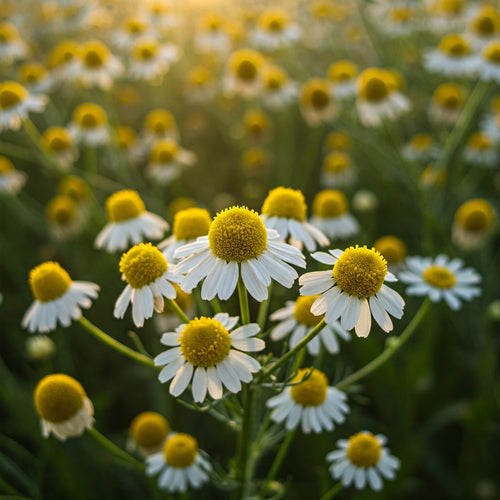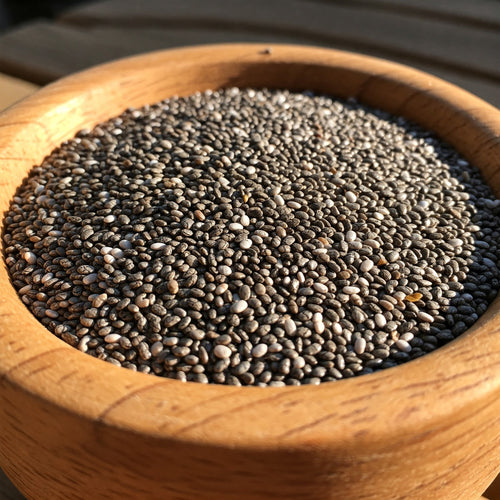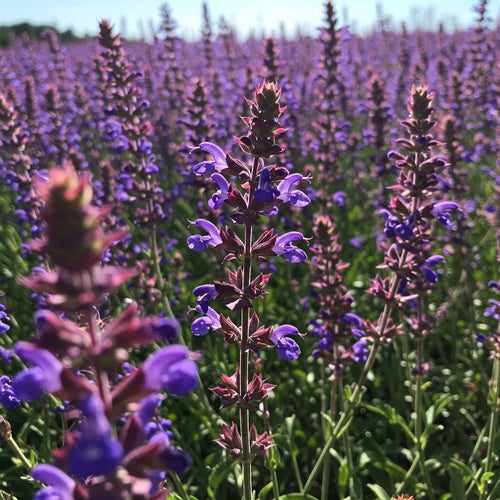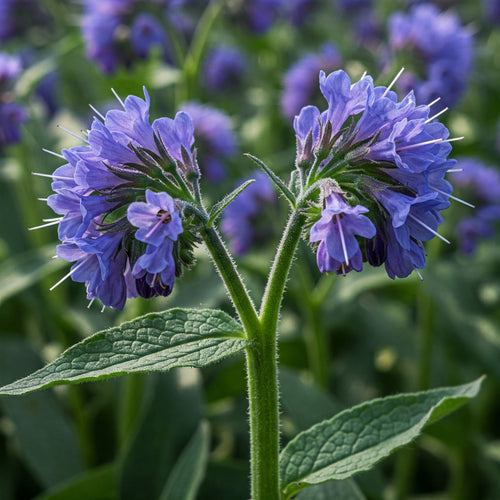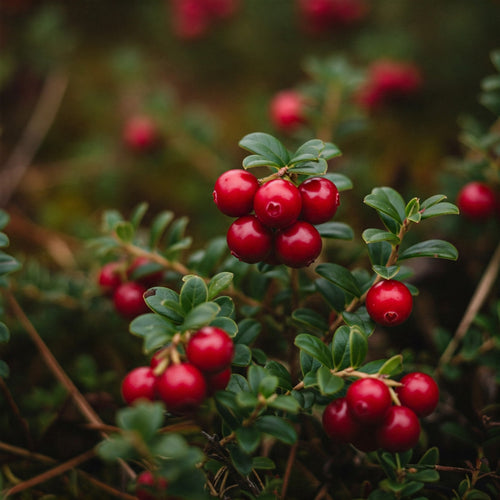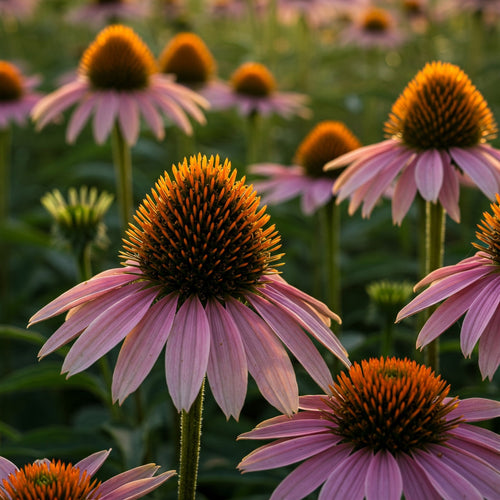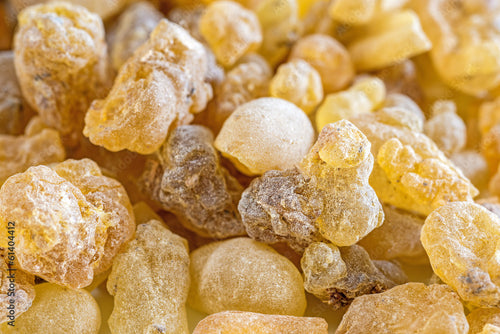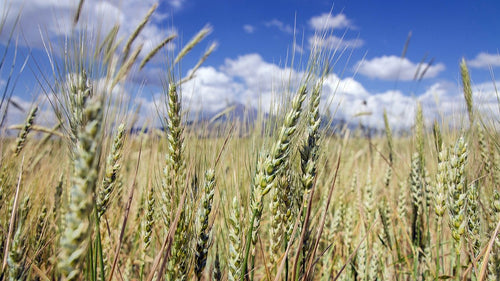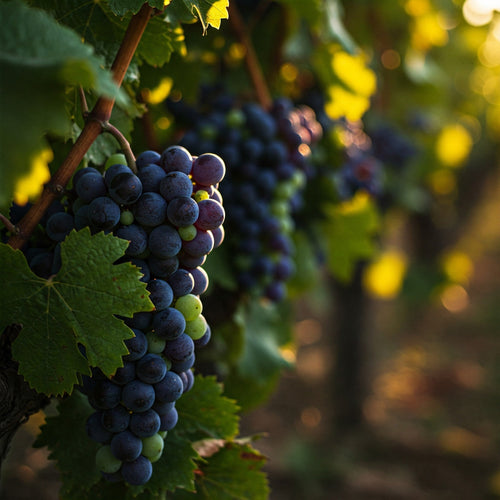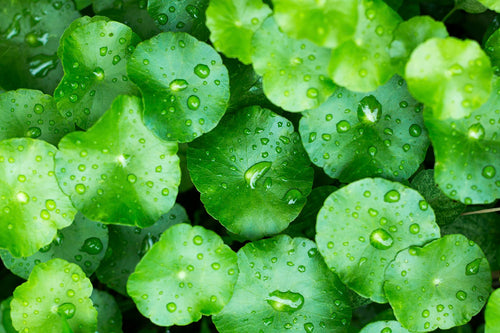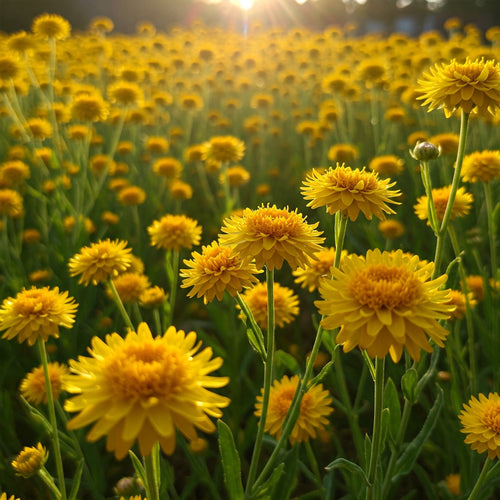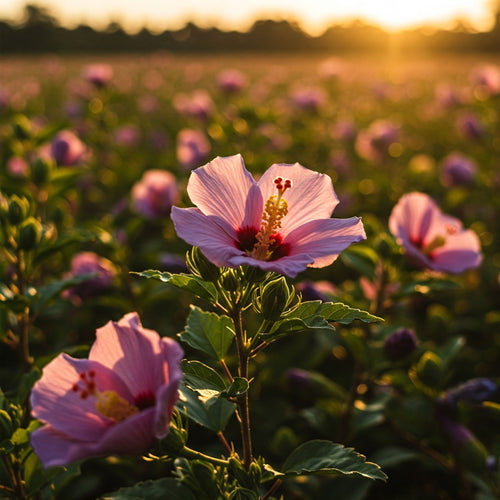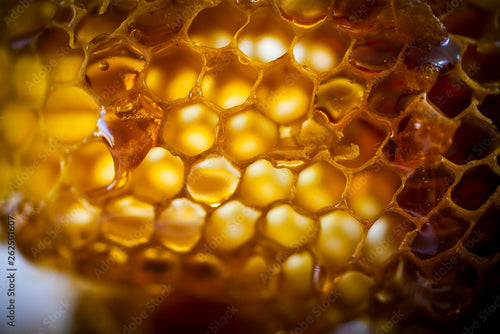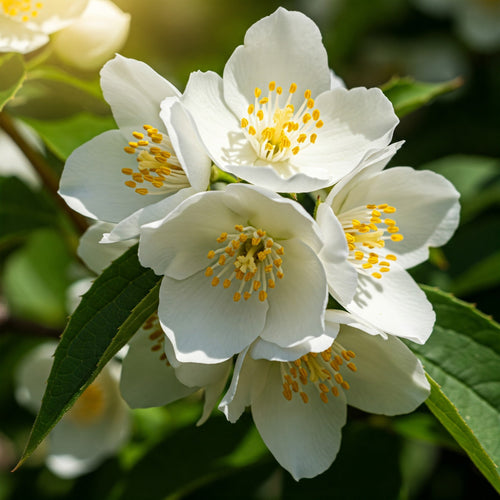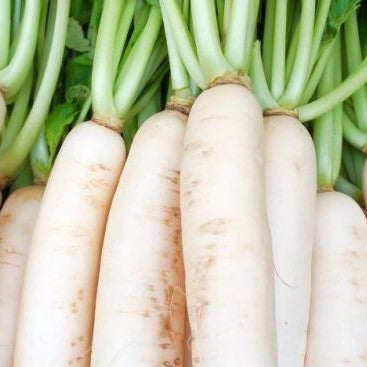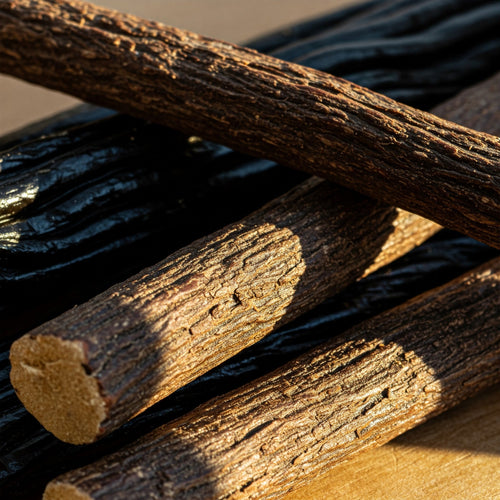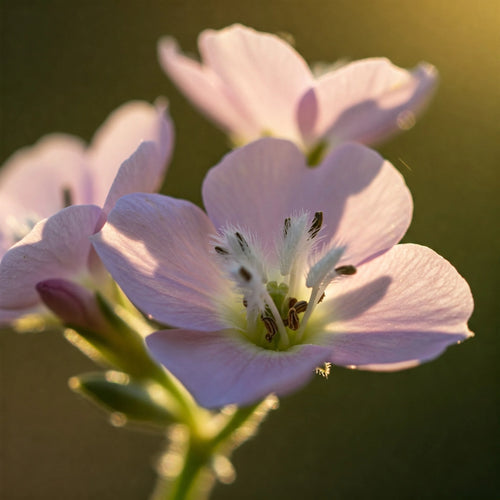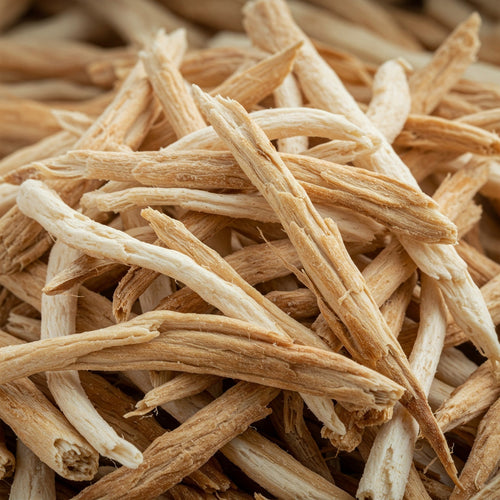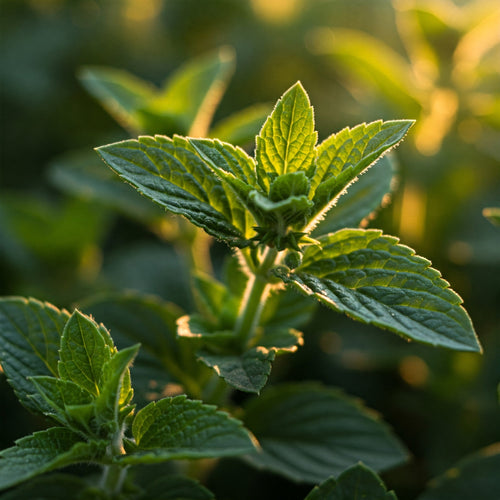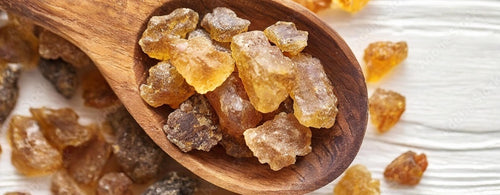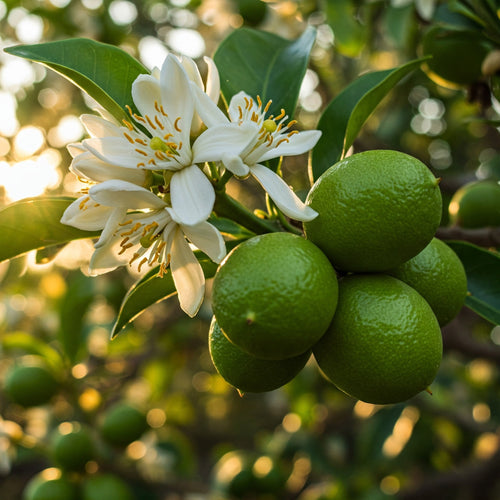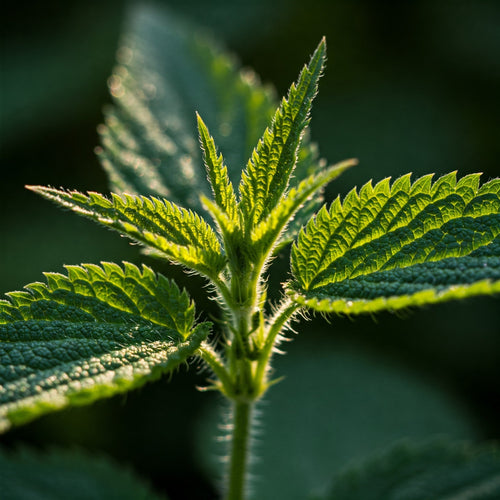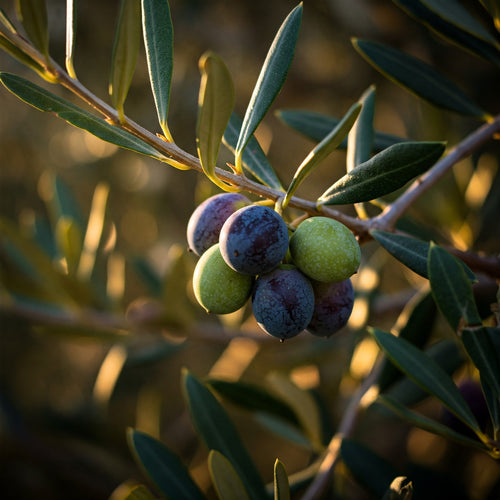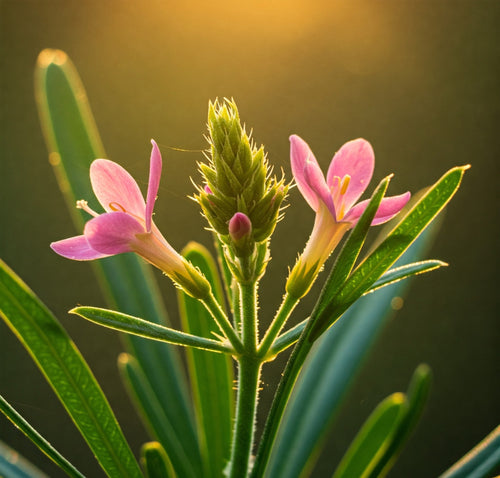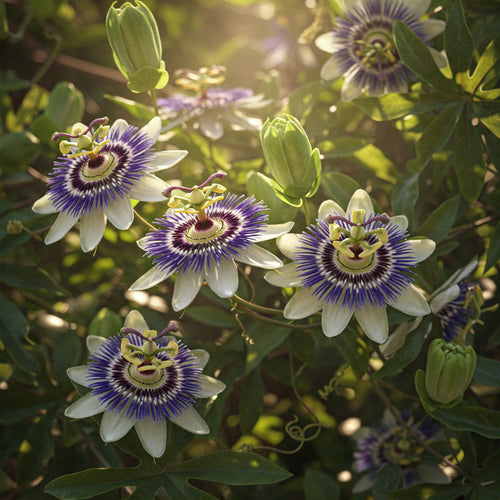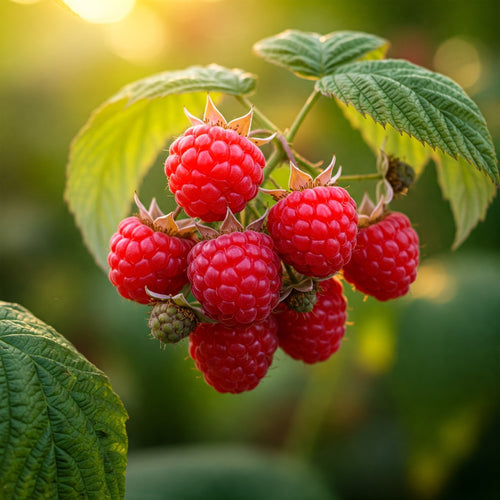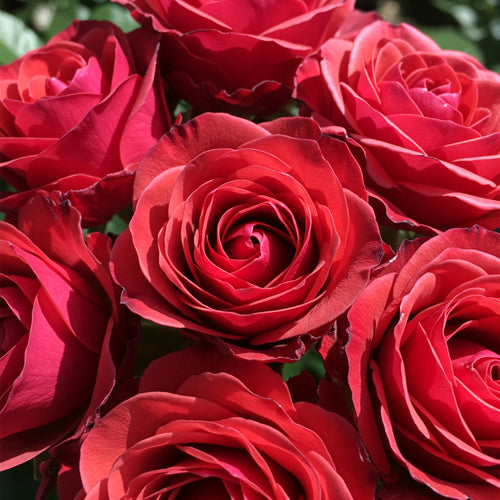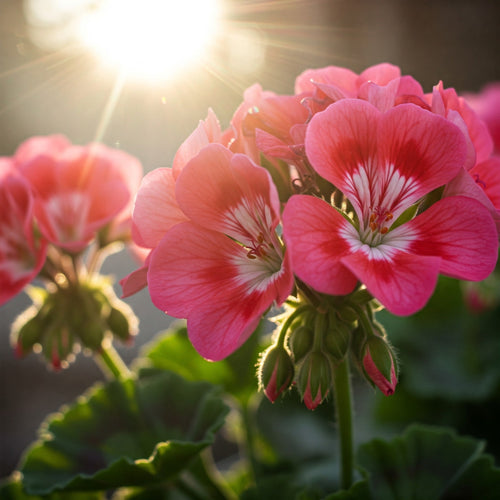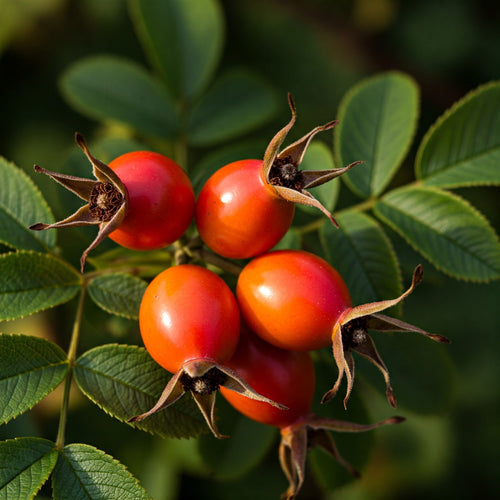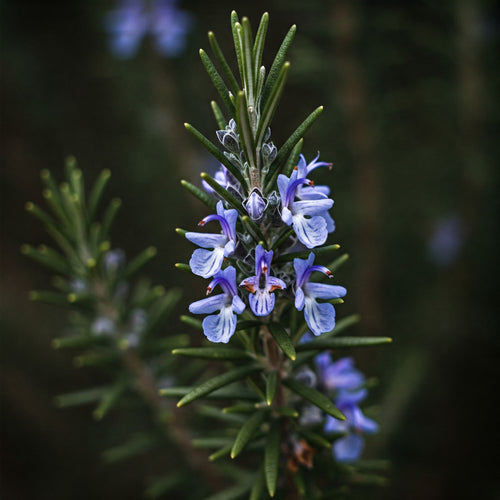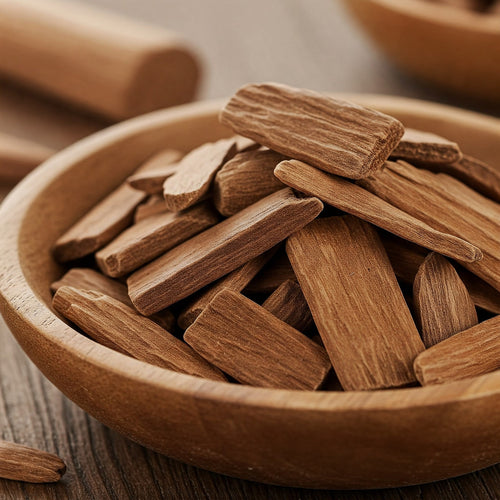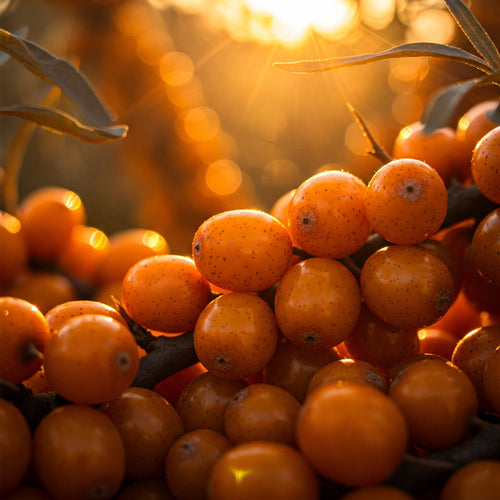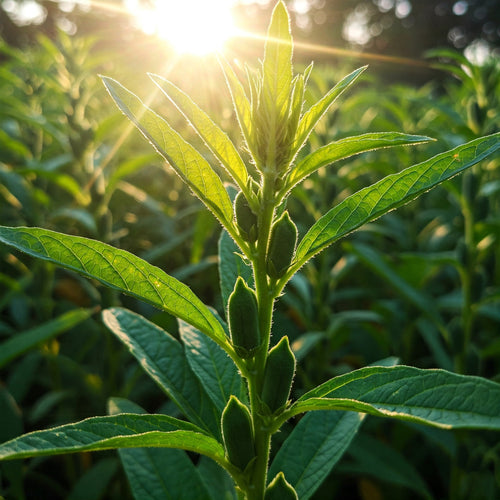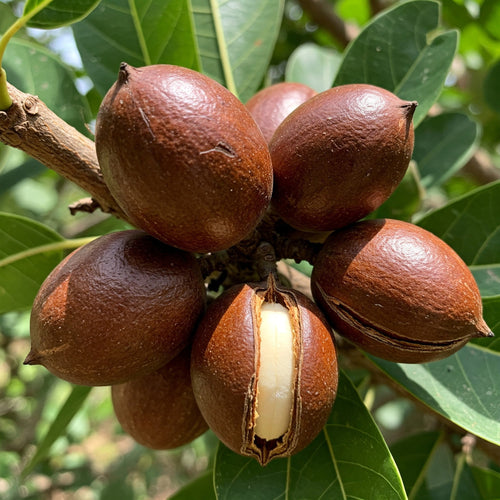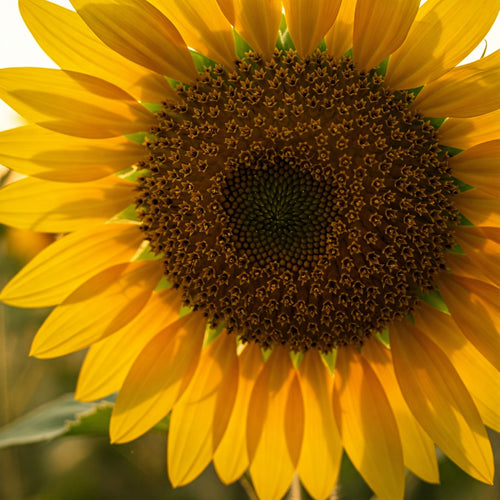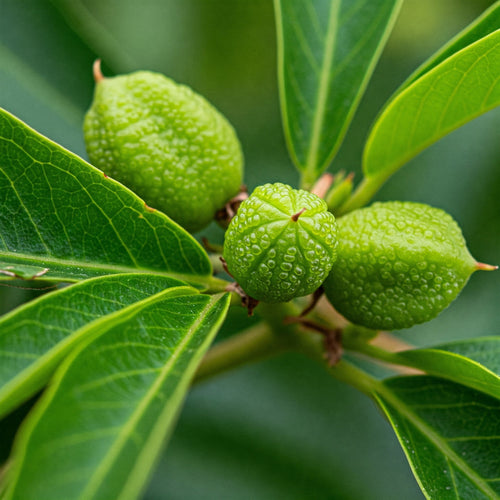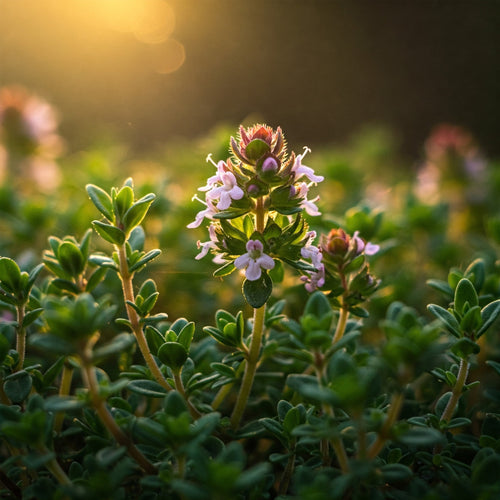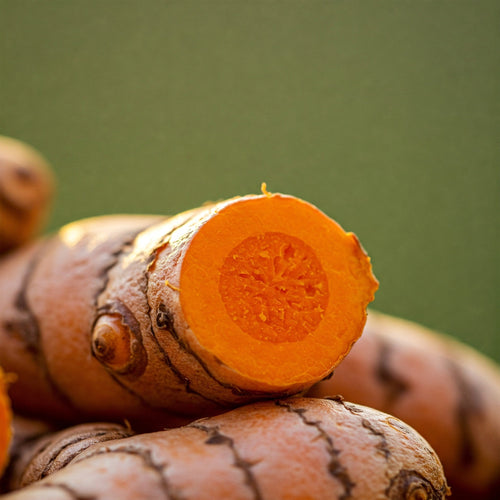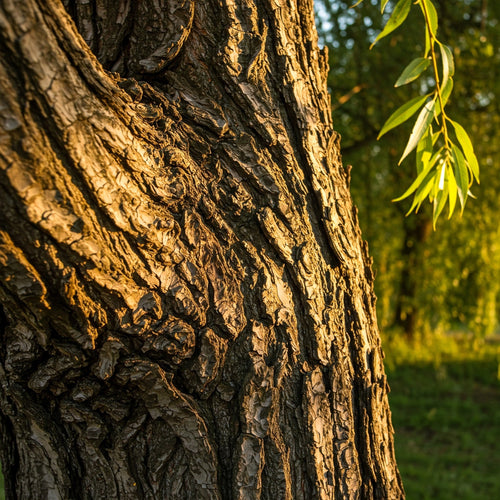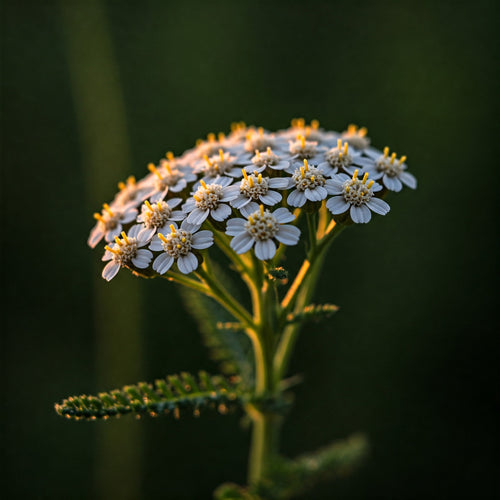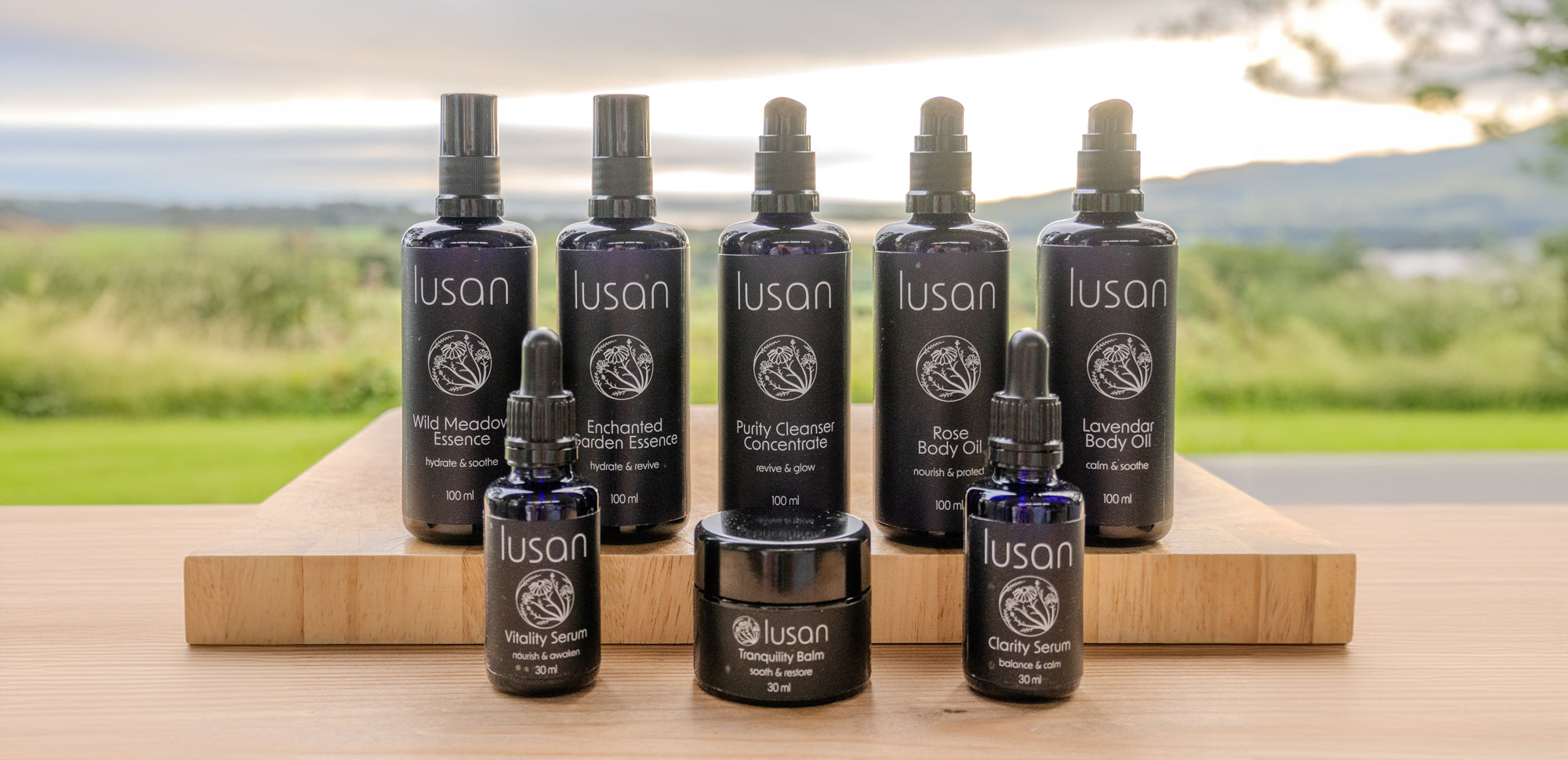Helichrysum italicum
The name 'Helichrysum' is derived from Greek, ‘Helios’ meaning sun and “chrysos,” signifying gold, alluding to the brilliant and colourful radiance of its small button-like flowers which may range from yellow to red, and emanate a warm, hay-like scent. It belongs to the sunflower family (Asteraceae), once picked, this beautiful flower retains its distinctively vibrant yellow colour without fading or withering, which explains why it’s also referred to by the name ‘Immortelle’.
Native to the Mediterranean area and widely distributed in Italy, Spain, France, and countries of North Africa. Helichrysum has been widely used in classical and indigenous cultures not only for its medicinal and cosmetic application but also for ornamental, culinary and spiritual purposes. Its evergreen aromatic leaves are still cooked and eaten, and its open flowers are cut young and dried, due to their capacity of preserving colour and shape.
As a result of its considerable healing properties, it enjoys a special place within traditional herbal medicine as well as modern aromatherapy. Traditional herbal formulas attribute a number of extraordinary healing properties to Helichrysum. Studies show that it speeds wound healing with minimal scarring due to the di-ketones it contains. It is also more effective than Lavender for tissue regeneration.
As well as di-ketones this wonderful antioxidant-rich plant has an array of unique chemical compounds, such as gamma-curcumene, alpha-pinene, italidiones, a high percentage of neryl-acetate, and various other sesquiterpenes and sesquiterpenols as well as coumarins and acids. These special plant compounds mean the therapeutic effects of Helichrysum are far reaching.
The plant is used to improve all manner of skin conditions, reduce healing time, and prevent excessive swelling. It is able to stimulate the production of healthy skin cells, combat metabolic cellular ageing, and can effectively reduce the appearance of fine lines, wrinkles, stretch marks, and scars. It is healing to wounds and damaged tissue, reduces redness and irritation, repairs broken capillaries and reduces the appearance of scars. It has been found to be more beneficial than cortisone in supporting conditions such as eczema and psoriasis.
It enhances circulation and helps against certain bacterial infections. Its wound-healing ability and its potential to fade scars as well as being a skin purifier make it very supportive of acne conditions
It offers unparalleled regenerative and anti-inflammatory properties and reduces inflammation even better than German Chamomille. It’s an effective remedy in cases of burned or sun-damaged skin thanks to its potent, pain-relieving abilities and anti-inflammatory properties. Additionally, the anti-fungal and antimicrobial effects of this “sun gold” plant are said to offer protection from various skin irritations, including rashes and other infections.
Helichrysum’s high amounts of special compounds, called 'beta-diones', rarely found in nature, are linked to its special healing properties, physically as well as spiritually. It is considered to have powerful emotional healing value. There is something enormously comforting about the oil, which seems to generate a feeling that 'all is well with the world’, which makes it particularly lovely to use in the Purity Cleanser as part of an evening skincare ritual.
Our Soil Association organically certified Helichrysum essential oil is produced by traditional steam distillation.
Several studies have shown Helichrysum's wound healing potential, and ability to fade and reduce scars and has been found to be more beneficial than cortisone at treating eczema and psoriasis. It stimulates blood circulation and the regeneration of skin to reduce the appearance of fine lines and wrinkles.
https://www.ncbi.nlm.nih.gov/pmc/articles/PMC8400224/
https://www.sciencedirect.com/science/article/abs/pii/S037887411300799X
https://www.herbalgram.org/resources/herbalgram/issues/105/table-of-contents/hg105-feat-helichrysum/
https://www.sciencedirect.com/science/article/abs/pii/S0278691521006992
